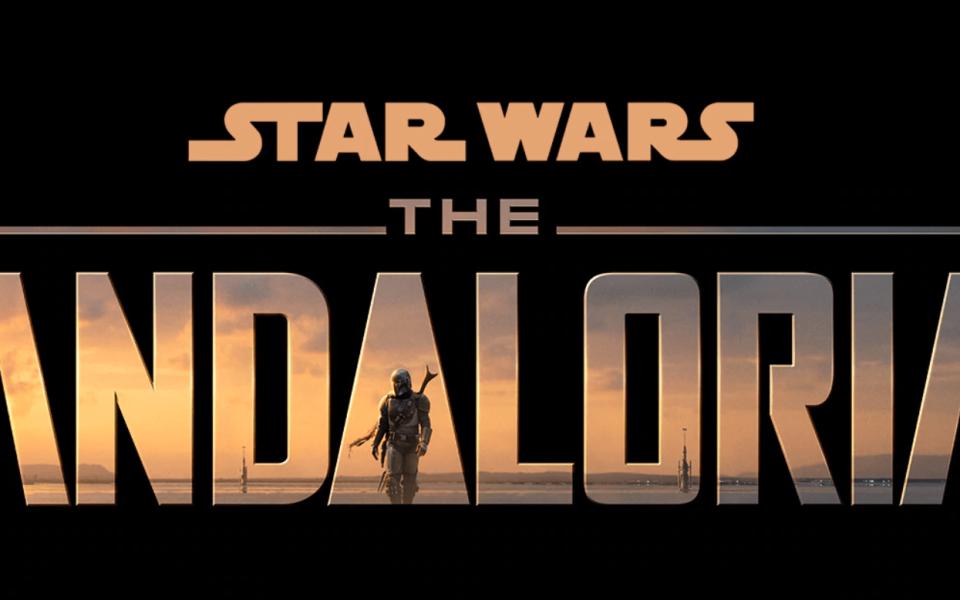I’ll never forget the day we got cable television in our house. Never.
It was the early 1980s, and overnight we went from just a few terrestrial stations to a 36-channel sliding switchboard. Just like that, our options expanded exponentially. Throw in a programmable VCR, which so many of us eventually did, and one could curate a robust viewing schedule.
Now, we can watch whatever we want, whenever we want. Pretty much. There are enough free streaming services out there to fill 20 lifetimes of viewing pleasure with old movies, syndicated sitcoms and dramas, vintage game shows and other content, plus the massive YouTube pantheon of entertainment, which is an entire subculture unto itself.
But I’m interested in the new television-streaming wars, one of those new phenomena that came along with the magic of the internet and its promise of choice. And what it shows us is that, although the business model and delivery method may be somewhat new-fangled — though, indeed pay-per-view and TV-on-demand is as old as HBO and the corner video store — the lessons we glean from it are the same ones we got when Arthur C. Nielsen started trying to figure out how to gauge a radio audience in the 1920s.
Basically: The better the content, the more people want to see it.
Consider the streaming wars. The newest player, Disney, doesn’t have nearly the volume of content that Netflix, which has been acquiring and creating programming for 10 years, does. But Disney has the good proprietary stuff — all the old movies and TV shows, the beloved franchises it’s absorbed and some dynamite new content that brings it all home, like “The Mandalorian,” which has been having a hot cultural minute since Thanksgiving.
Apple has a new offering, too, based on a slate of expensive original content, though none of the shows have yet to break through the noise like Baby Yoda.
They’re proliferating like crazy this year: There’s Peacock, from NBC, which will be based on a free model with a paid upgrade available; Quibi, with a catalog of short films; Discovery BBC; a new premium HBO and whatever else is in the pipeline for this year.
Plus, there’s the behemoth Amazon Prime Video, legacy service Hulu, which started streaming way back in 2008 and all of those other boxes on your Roku’s home screen. DC Universe has had a streaming channel since 2018. ESPN has one. PlayStation has one.
But no one is talking about Crackle, or Sling, or Starz. The biggest players, and likely winners, have already emerged. And they got there because of quality original content.
Join the First Amendment Society, a membership that goes directly to funding TCB‘s newsroom.
We believe that reporting can save the world.
The TCB First Amendment Society recognizes the vital role of a free, unfettered press with a bundling of local experiences designed to build community, and unique engagements with our newsroom that will help you understand, and shape, local journalism’s critical role in uplifting the people in our cities.
All revenue goes directly into the newsroom as reporters’ salaries and freelance commissions.


Leave a Reply